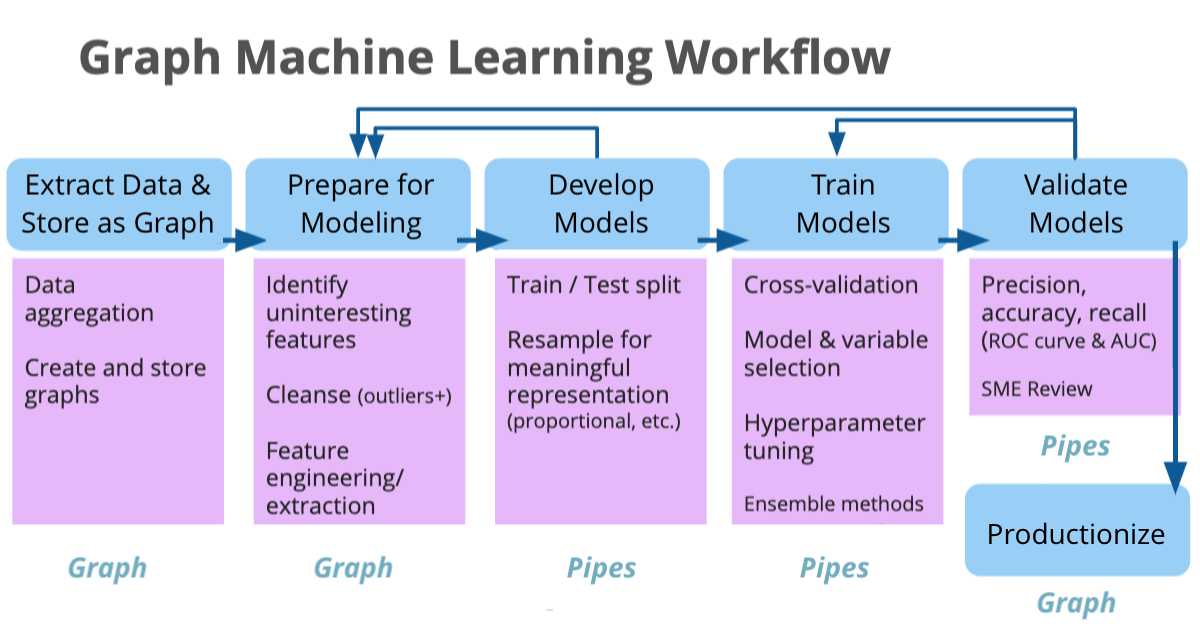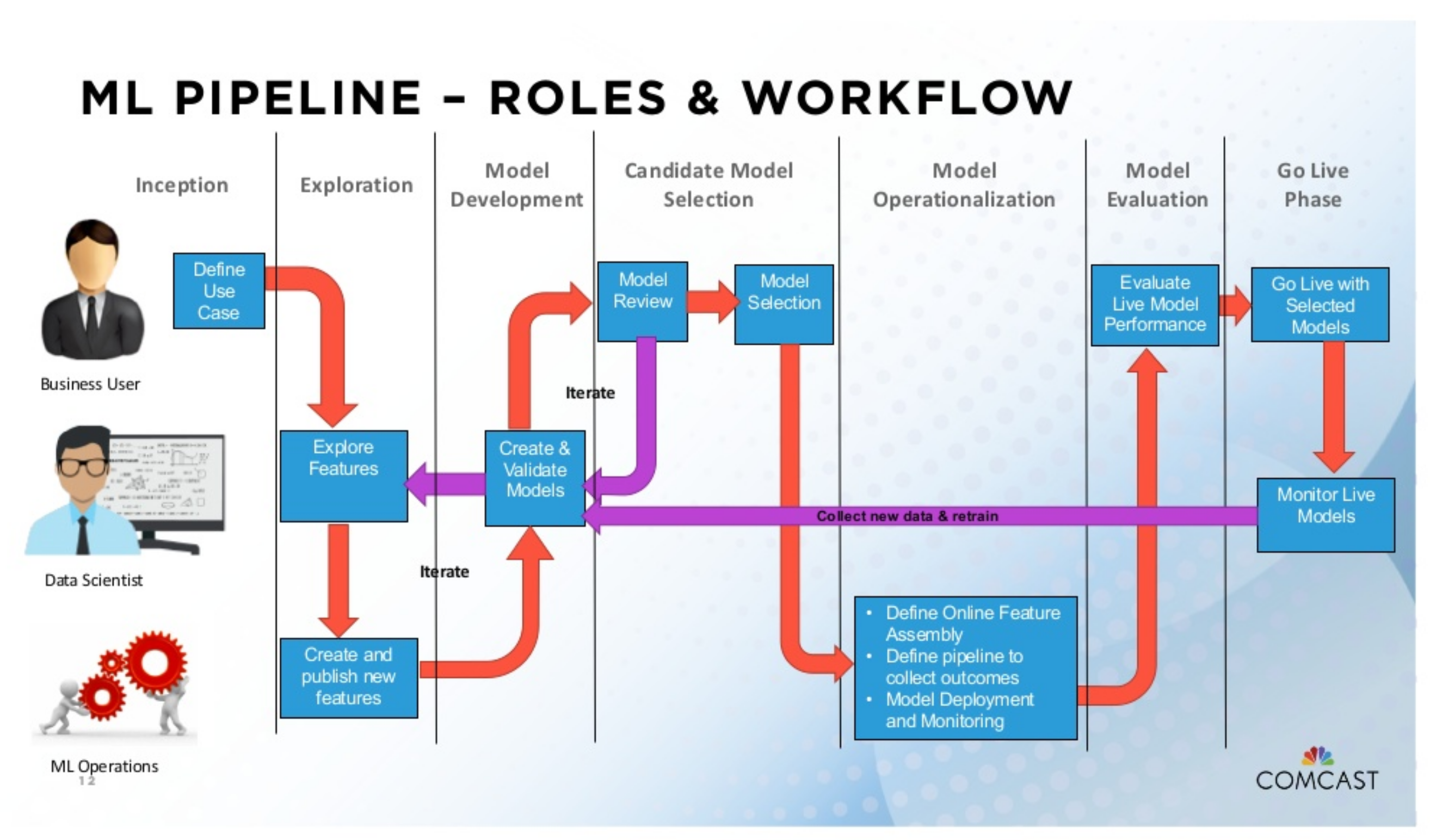leadership_readme
Thoughts on working together, and supporting organizations
The Structure of Corporate Data Science
For now, this is quick list of operational practices and skills that relate to data team and data science.
Team Structures
Data Ops / Engineering
- Pipelines
- ETL
- Integrations
- Resourcing / hardware
- DBA (data store admin)
Business Analyst
- Data Dictionaries
- Semantics / Schema
- Reporting, Live
- Reporting, Ad-hoc
- Visualization
Data Science
- Model Development
- Ad-hoc models
- Validation
- Forecasting
- ML / AI, special cases
- Exploratory Research
Data Flow Stages
- Source
- Identify
- OCR
- Triplify
- Validate
- Count
- Validate Uniqueness
- Dedup
- Mint
- Mask
- Transform
- NLP
- Trend
- Enrich (e.g. tag)
- Assess Quality
- Assess Provenance
- Route
- Split
- Join
- Sink
Layers
Sometimes you will see any of these service or pipeline concepts organized into Physical, Logical, Integration, and Application layers. Observability becomes implicit in this, as well.
Data Science Operation Types
baked within the above list are several core techniques, each which comes with their commensurate set of tools and history of research articles:
- classification,
- regression,
- time series,
- collaborative filtering,
- clustering,
- feature engineering,
- natural language processing
Data Services
- Linked Data
- Model Store
- Semantic Search
- µService Catalog
- Transactional
- Audit
- Logging
- Streaming
- Entitlements
- Data Quality
- Data Integrity (e.g. blockchain)
- Data Warehouse
- Content Graph
- Contract
- Business Architecture
- Organization
- Semantic Gap Analysis
- Semantic Link Association Prediction (SLAP)
- Visualization
📖 If you’re looking for hands-on examples, I recommend Andreas Kertz’s cookbook for data pipeline processes.
Workflows
- Continuous and extensible data processing
- The elasticity and agility of the cloud
- Isolated and independent resources for data processing
- Democratized data access and self-service management
- High availability and disaster recovery
Models in the Data Pipeline

Roles and Productionalizing Models

CDPs and DMPs
Though these kinds of services / platforms are outside the scope of data science, generally, any company that have a robust relationship to data will touch these topics.
Customer Data Platform
Several core concepts to a CDP include
- Single Source of Truth
- Advertising
- Personalization (p13n)
- Integration
- Tag / label management
- Event transformation
- Campaign integration and management
- Persona formation
- Customization of algorithms
Data Management Platform
DMPs are primarily for enrichment of data. Commonly, your own data is referred to as ‘1st party’ data, and the enriched data can be ‘2nd party’ or ‘3rd party’. 2nd party data is the 1st party data of another company. 3rd party data has been aggregated from the network and other sources.
Sometimes, fusions and ML extrapolations can be considered part of a company’s ‘1st party’ data, but this should be validated and agreed upon by all partners. The tolerance for certainty is a critical factor in downstream use, or design of experiments.
- Static Segments
- Adaptive Segments
- Cohort and Lookalike
- Interest Discovery
FOSS Tools
- https://www.datatron.com/